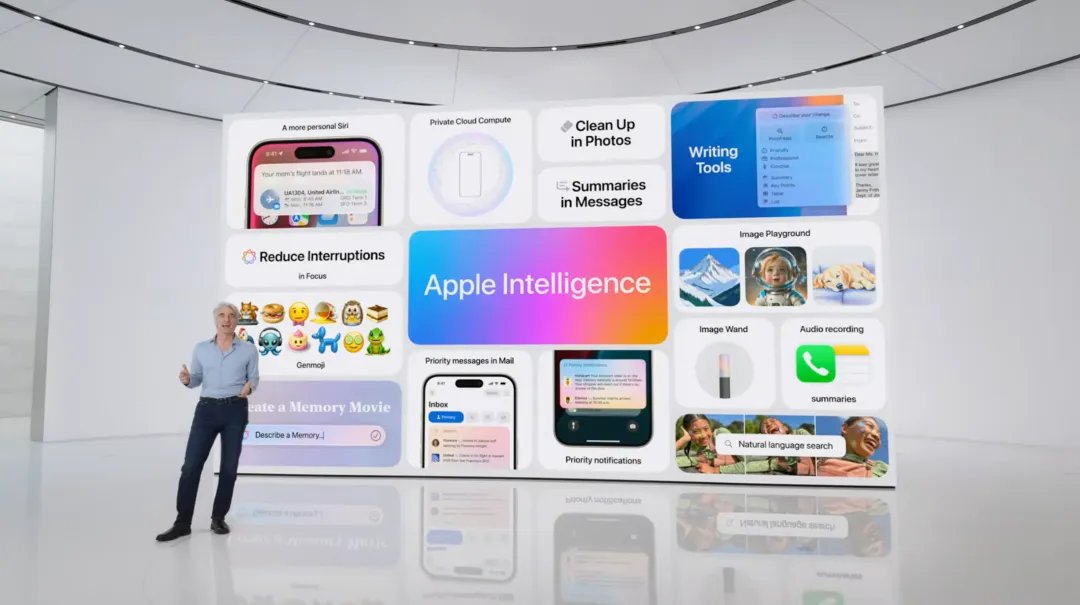In the current field of artificial intelligence, the pre-training and application of foundational models have become common practice. These large-scale deep learning models are pre-trained on vast amounts of general, unlabeled data and subsequently applied to various tasks. However, these models can sometimes provide inaccurate or misleading information in specific scenarios, particularly in safety-critical applications such as pedestrian detection in autonomous vehicles. Therefore, assessing the reliability of these models before their actual deployment is crucial.
Research Background
Researchers at the Massachusetts Institute of Technology (MIT) and the MIT-IBM Watson AI Lab have developed a technique to estimate the reliability of foundational models before they are deployed for specific tasks. By considering a set of foundational models that are slightly different from each other and using an algorithm to evaluate the consistency of each model's representation of the same test data points, this technique can help users select the model best suited for their task.
Methods and Innovations
The researchers proposed an integrated approach by training multiple foundational models that are similar in many attributes but slightly different. They introduced the concept of "neighborhood consistency" to compare the abstract representations of different models. This method estimates the reliability of a model by evaluating the consistency of representations of multiple models near the test point.
Foundational models map data points into what is known as a representation space. The researchers used reference points (anchors) to align these representation spaces, making the representations of different models comparable. If a data point's neighbors are consistent across multiple representations, the model's output for that point is considered reliable.
Experiments and Results
In extensive classification tasks, this method proved more consistent than traditional baseline methods. Moreover, even with challenging test points, this method demonstrated significant advantages, allowing the assessment of a model's performance on specific types of individuals. Although training a set of foundational models is computationally expensive, the researchers plan to improve efficiency by using slight perturbations of a single model.
Applications and Future Directions
This new technique for evaluating model reliability has broad application prospects, especially when datasets cannot be accessed due to privacy concerns, such as in healthcare environments. Additionally, this technique can rank models based on reliability scores, enabling users to select the best model for their tasks.
Future research directions include finding more efficient ways to construct multiple models and extending this method to operate without the need for model assembly, making it scalable to the size of foundational models.
Conclusion
Evaluating the reliability of general AI models is essential to ensure their accuracy and safety in practical applications. The technique developed by researchers at MIT and the MIT-IBM Watson AI Lab provides an effective method for estimating the reliability of foundational models by assessing the consistency of their representations in specific tasks. This technology not only improves the precision of model selection but also lays a crucial foundation for future research and applications.
TAGS
Evaluating AI model reliability, foundational models, deep learning model pre-training, AI model deployment, model consistency algorithm, MIT-IBM Watson AI Lab research, neighborhood consistency method, representation space alignment, AI reliability assessment, AI model ranking technique
Related Topic
Automating Social Media Management: How AI Enhances Social Media Effectiveness for Small BusinessesExpanding Your Business with Intelligent Automation: New Paths and Methods
Leveraging LLM and GenAI Technologies to Establish Intelligent Enterprise Data Assets
Exploring the Applications and Benefits of Copilot Mode in IT Development and Operations
The Profound Impact of AI Automation on the Labor Market
The Digital and Intelligent Transformation of the Telecom Industry: A Path Centered on GenAI and LLM
Creating Interactive Landing Pages from Screenshots Using Claude AI
